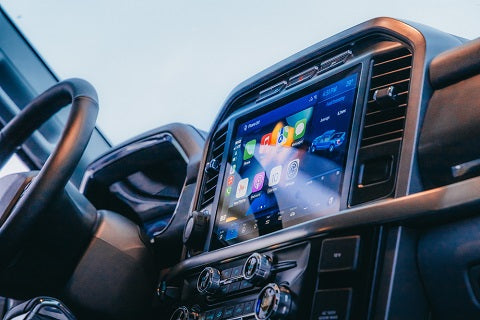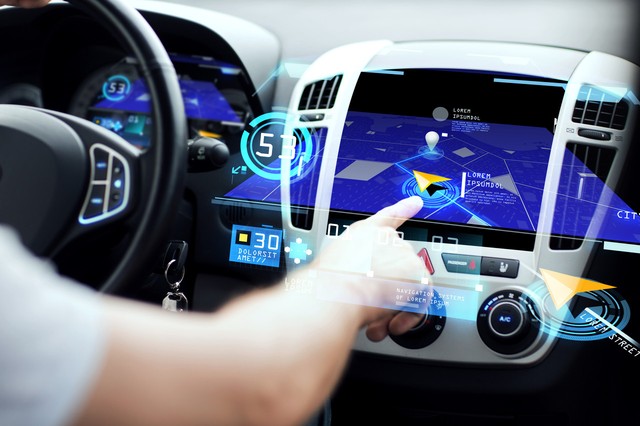
The Importance of Car Audio in Sound Reproduction(1)
Most drivers need some form of entertainment to stay focused while driving, and music happens to be one of the most traditional ways to do so. Now, we are all aware of the capabilities of a car radio, but we often overlook the fact that the car stereo is the most crucial component of the radio. The sole purpose of this article is to provide insight and clarity on the subject of the importance of the car stereo, emphasizing its essential functions and potential.
What exactly is car audio?
First of all, there are many synonyms regarding automotive technology components, but the most important pair are car stereo and audio mainframe. Basically, some people refer to the car stereo as the entire audio system, while others claim that the audio mainframe and the stereo are the same.
This is the case as long as we take into account the fact that stereo audio refers to the main unit that is usually located inside the dashboard of the car. This "unit" receives and transmits sound waves through a "filter" and finally through the speakers.
Generally speaking, the car stereo is like the brain that controls all the important functions of the car system. The "power and speed" of the unit will determine the functioning of the other components, while its versatility will provide additional options (mainly sound customization).

What are the basic functions of a car stereo?
Most high-quality car audio units are equipped with a variety of electronic components, such as radio tuners, CD players, preamplifiers and amplifiers. All of these are tightly wound into a neat, organized system via small cables. Low-end stereos are equipped with some, if not all, of these features (at lower performance levels).
Controlling the audio source
This brings us to the first basic feature of any car stereo - the control of those audio sources. It's not hard to imagine a car equipped with all of these components individually - it's not only bulky, but it's also exceptionally difficult for the driver to use, as its interior is more like a spaceship than a traditional vehicle.
Since that's not a problem, it's up to the car stereo to control what each component does, when it's used, and how it's used. When you want to use your car stereo, certain components trigger themselves (such as amplifiers and preamplifier devices), while others must be operated manually (such as CD players).
Even though all of these audio sources are pre-built into your car stereo, some audio head units offer external connection options - such as iPod inputs. Since drivers need to focus on driving, wading through external connections (volume, songs, etc.) can be very inconvenient, which is why car stereos offer an easier way to use these settings.
Looking back a few decades ago, this feature was of minimal importance as each stereo console provided one audio source - the AM radio. As technology advanced, the number of sources increased dramatically, further emphasizing the importance of the technical part of the car.
Volume Control
For most people, the volume control may not seem too important, and there's a good reason for that - this feature is so handy in the here and now. With a simple press of a button (or slide of a knob), you can skillfully control the volume of songs, playback, and more.
Imagine what would happen if you had to adjust the settings for each section independently? Volume control is just as important as control of your audio source because it eliminates problems you may never have encountered before - beeps, buzzes, squeaks, scratches, signals or sounds that are too loud or too weak, etc.
Just as our brains help us determine the best loudness and tone for a conversation, car stereos help make music sound soft and pleasant.

